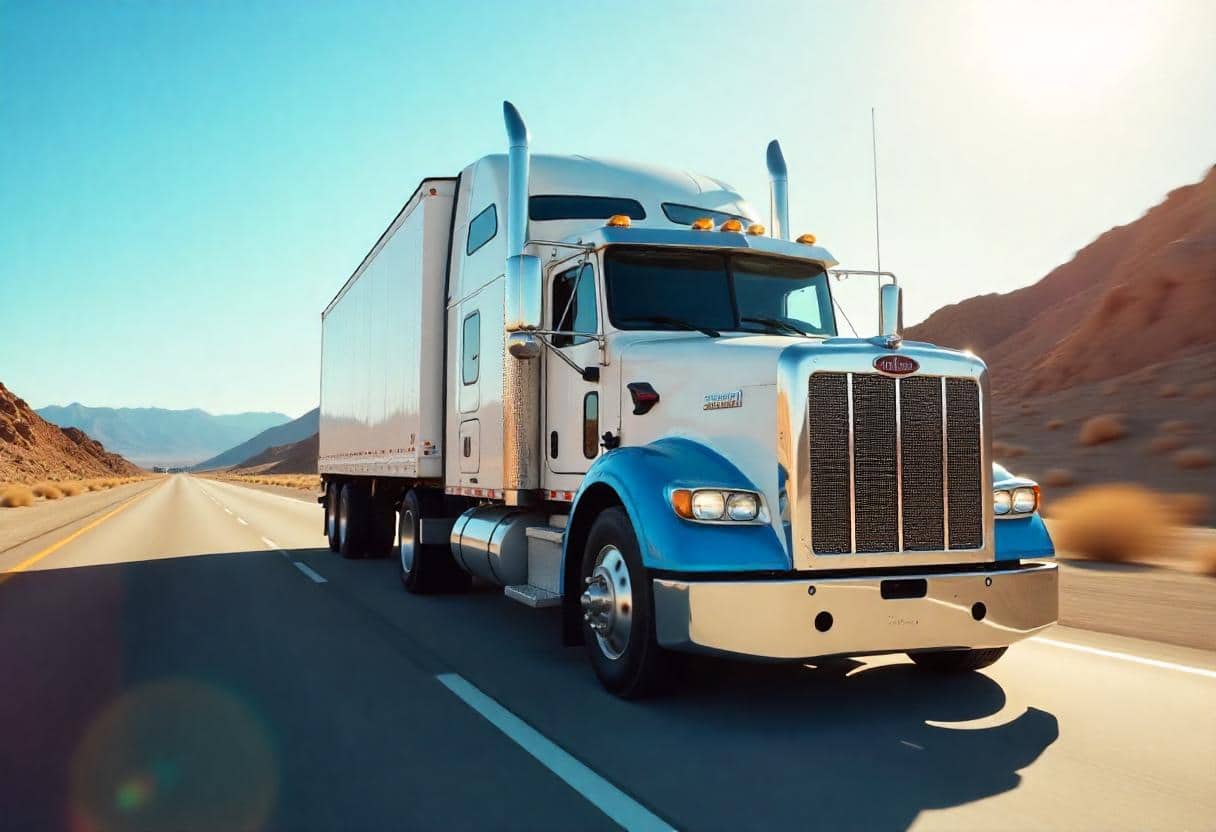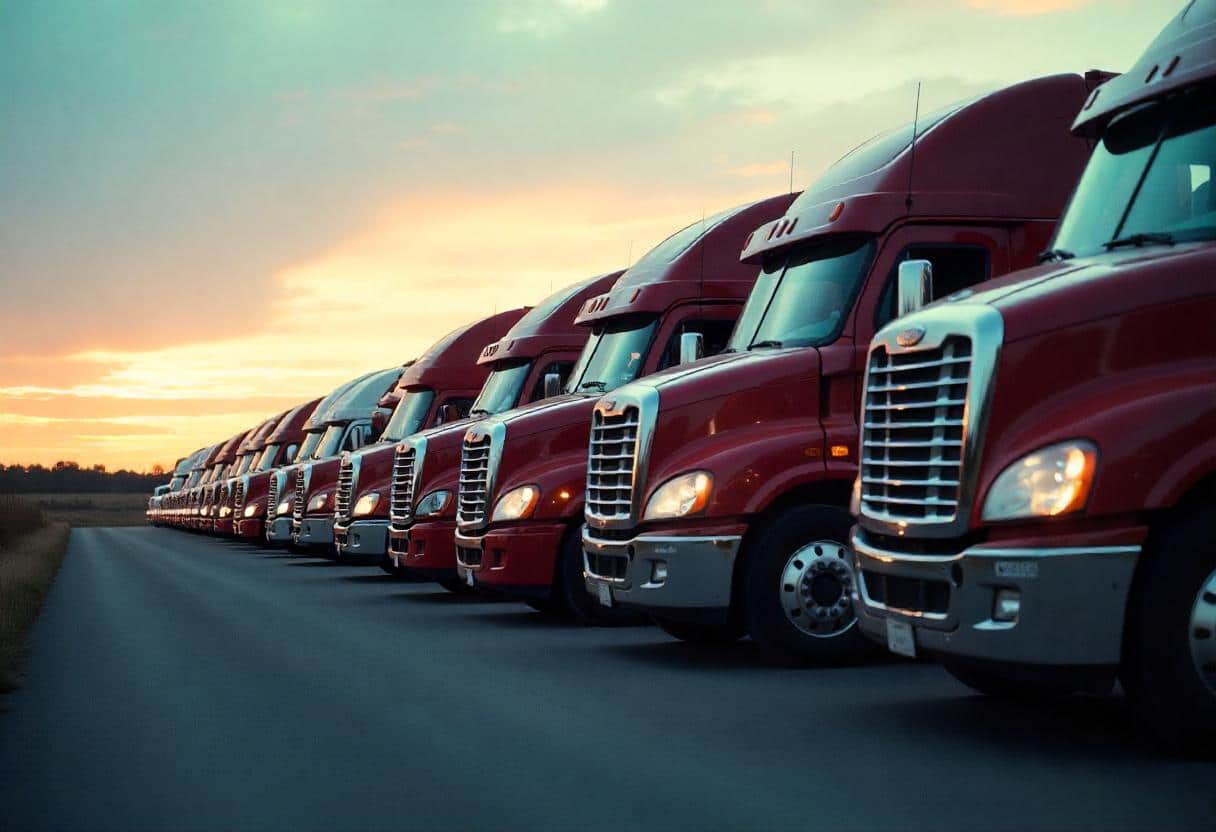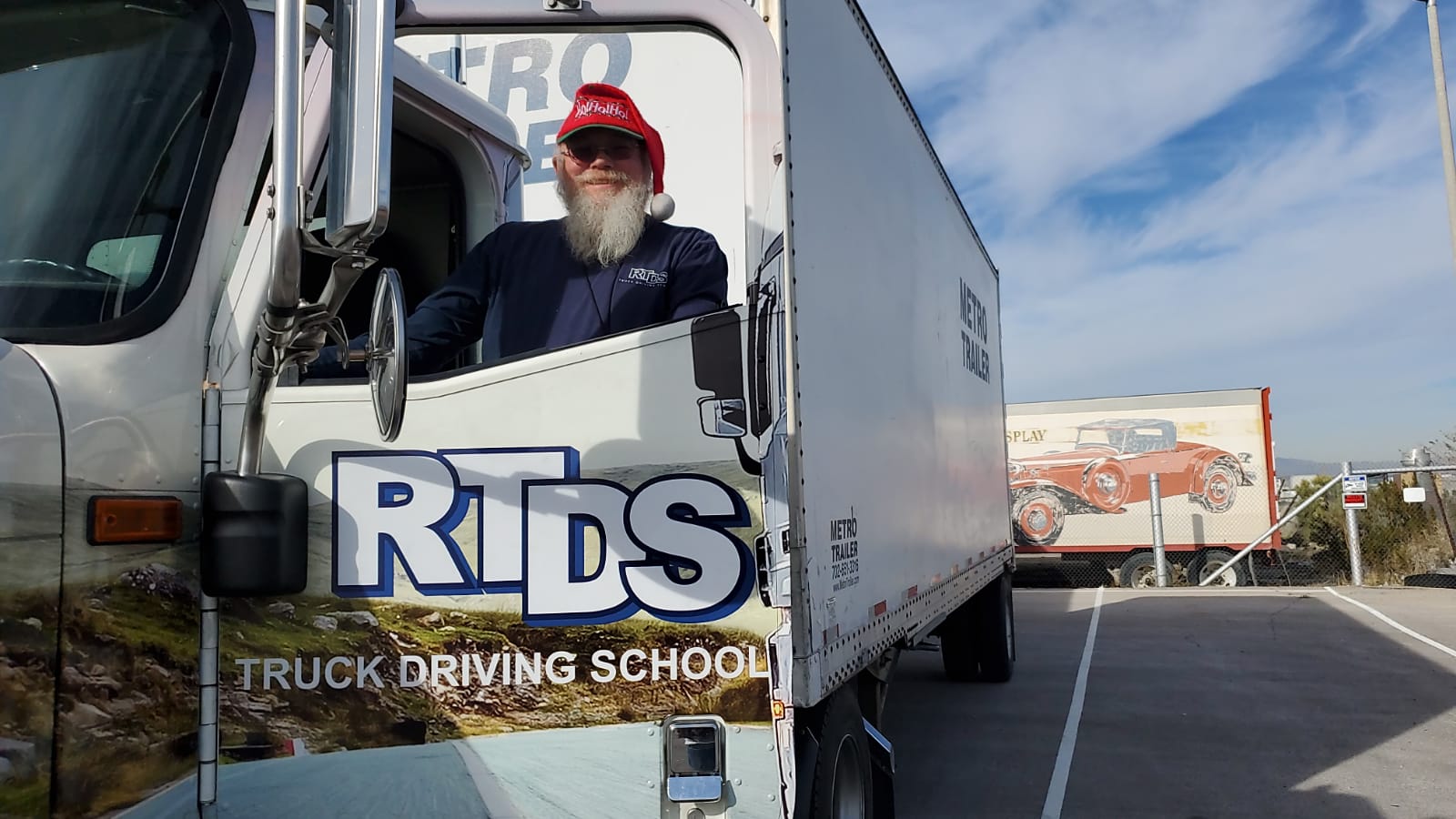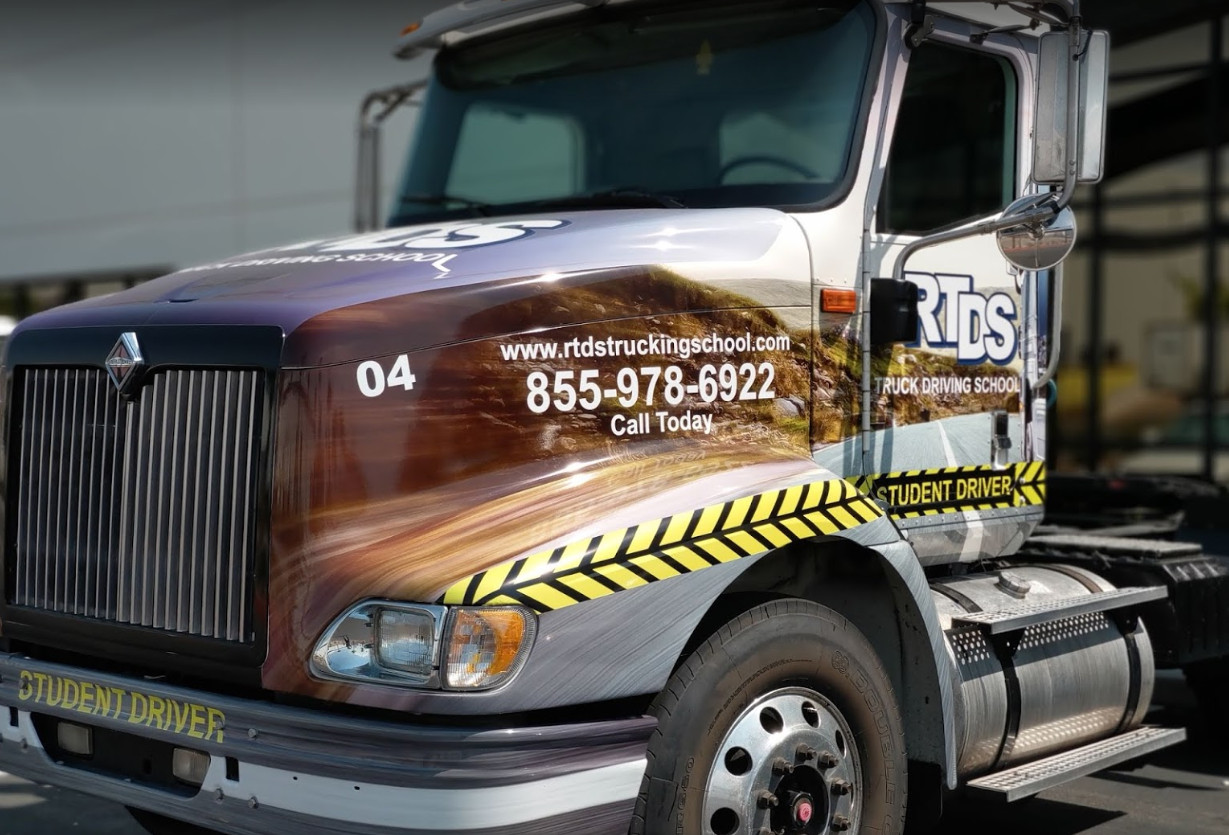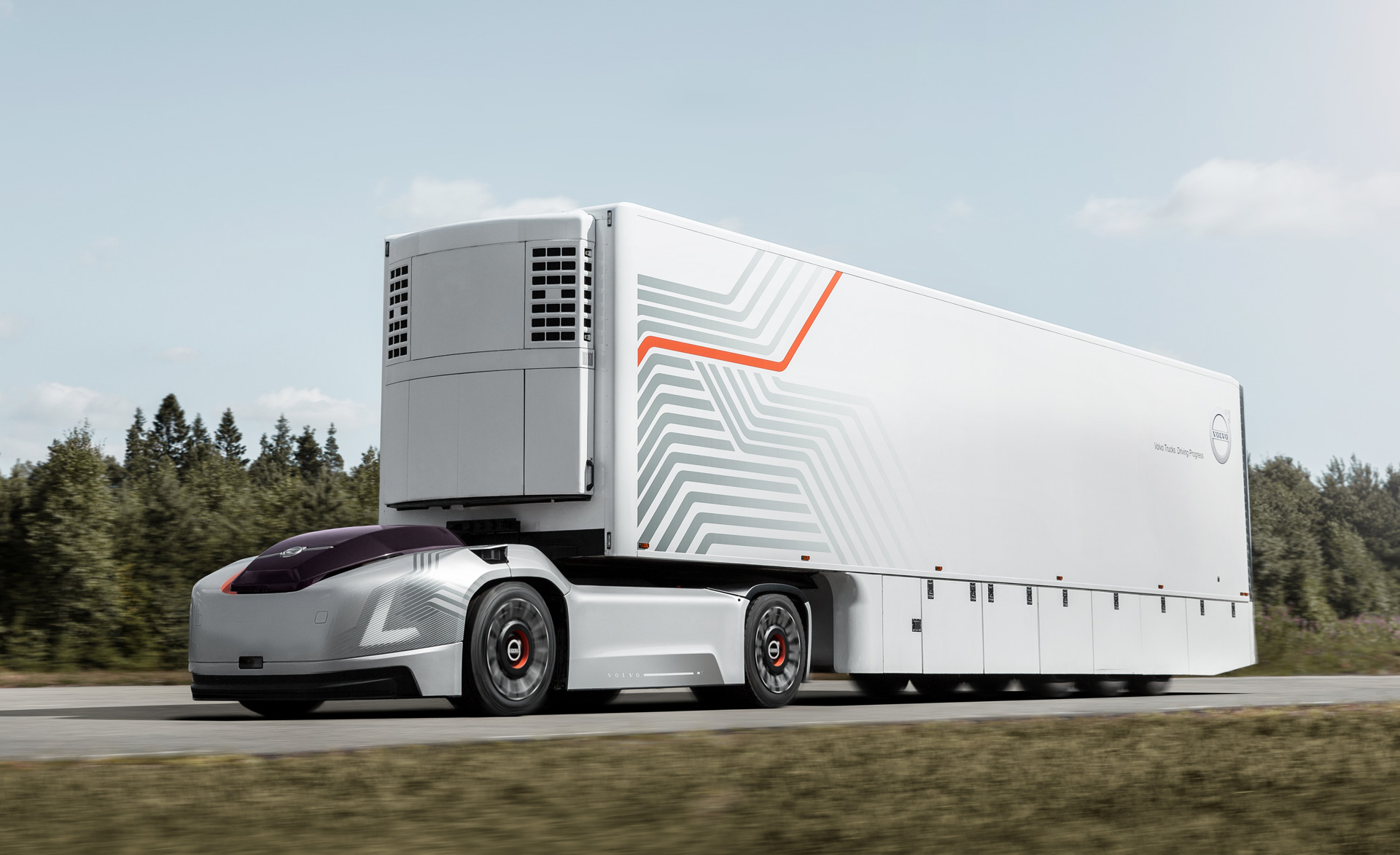Are you ready to start your trucking career and wondering how to get your CDL in Las Vegas? With the trucking industry experiencing a severe driver shortage, now is the perfect time to obtain your CDL and start a rewarding career on the road. RTDS Trucking School is committed to providing top-tier training that prepares you for the CDL Class A exam and sets you up for success in the industry. In this post, we’ll explain why RTDS Trucking School is the best place to get your CDL in Las Vegas and how we can help you begin your career as a professional truck driver.
Why RTDS Trucking School Stands Out for CDL Training in Las Vegas
When it comes to obtaining your CDL in Las Vegas, it’s essential to choose a trucking school that offers quality training, modern equipment, and a support system that ensures your success. RTDS Trucking School is proud to be the go-to option for aspiring drivers in the area. Our combination of classroom instruction, hands-on driving experience, and flexible programs makes us the top choice for anyone looking to kickstart their trucking career.
What makes RTDS different is the extensive experience and dedication of our instructors. Our team of trainers is comprised of seasoned professionals who have spent years working in the trucking industry. They bring invaluable knowledge of real-world driving challenges, helping students not only prepare for the exam but also for the demands of a full-time trucking job. Learning from these experts means you will get practical insights that go beyond textbook knowledge, ensuring you’re well-prepared for the road ahead.
Moreover, at RTDS, we recognize that flexibility is key to meeting the needs of all students. Whether you’re balancing work, family, or other commitments, we offer training schedules that accommodate your lifestyle. From evening and weekend classes to more intensive full-time programs, we work with you to design a plan that fits your individual needs.
5 Key Advantages of Getting Your CDL with RTDS Trucking School
If you’re still unsure where to get your CDL in Las Vegas, here are the major advantages of choosing RTDS Trucking School:
- Experienced Instructors: Our instructors aren’t just teachers—they’re professionals who have been on the road and know what it takes to be a successful truck driver. With years of experience, they offer real-world knowledge that prepares you for both the exam and your future career.
- State-of-the-Art Equipment: Our fleet of trucks is modern and well-maintained, providing you with the best possible hands-on experience. You’ll train with equipment that reflects the vehicles used in the industry, ensuring you’re ready for anything when you get behind the wheel of your own truck.
- Flexible Training Programs: At RTDS, we offer a variety of training programs designed to fit your schedule. Whether you’re available full-time or only during evenings and weekends, we have a solution that works for you, ensuring you can balance your studies with other aspects of your life.
- Job Placement Assistance: One of the biggest concerns for many students after completing their training is securing employment. RTDS has built relationships with some of the top trucking companies, and we offer job placement assistance to help you find a great job as soon as you graduate.
- A Supportive Environment: The road to earning your CDL can be challenging, but at RTDS, we provide a supportive environment where our instructors and staff are always ready to help you succeed. Whether you need extra help with a difficult concept or just need some encouragement, we’re here for you every step of the way.
How to Get Your CDL in Las Vegas with RTDS Trucking School
Getting your CDL in Las Vegas with RTDS Trucking School is a straightforward process, but it does require dedication and hard work. Here’s how to get started:
The first step is enrolling in our CDL training program. To do this, simply contact us to learn about the different courses we offer and how to apply. We’ll help you choose the right program based on your schedule, experience, and goals. Once enrolled, you’ll begin your training, which includes both classroom instruction and behind-the-wheel training. You’ll learn everything you need to know about safe driving practices, traffic laws, and how to operate a commercial vehicle safely.
Next, you’ll gain hands-on experience in one of our well-maintained trucks, where you’ll practice driving and maneuvering in real-world conditions. Our instructors will be by your side to provide guidance, answer questions, and offer constructive feedback. This combination of classroom learning and practical training will prepare you for the CDL Class A exam.
Finally, after completing your training, it’s time to take the CDL exam. Thanks to the thorough preparation at RTDS, you’ll feel confident and ready to pass. Once you’ve obtained your CDL, we’ll help you with job placement assistance, making sure you have the support you need to land a job quickly.
Conclusion
Getting your CDL in Las Vegas is an exciting first step toward a fulfilling career in the trucking industry. At RTDS Trucking School, we offer the best possible training, flexibility, and job support to ensure that you succeed. Whether you’re new to the trucking industry or looking to advance your career, we’re here to guide you. Ready to take the next step? Contact us today to learn more about our CDL programs and start your journey to becoming a professional truck driver!
Frequently Asked Questions
Q: What are the requirements to enroll at RTDS Trucking School?
A: To enroll, you need to be at least 18 years old, have a valid driver’s license, and pass a medical exam.
Q: How long does it take to get my CDL at RTDS?
A: On average, students complete the program in 4 to 6 weeks, depending on the training schedule they choose.
Q: Does RTDS offer weekend CDL classes?
A: Yes! We offer flexible training schedules, including weekend classes, to help you fit your education into your busy life.

